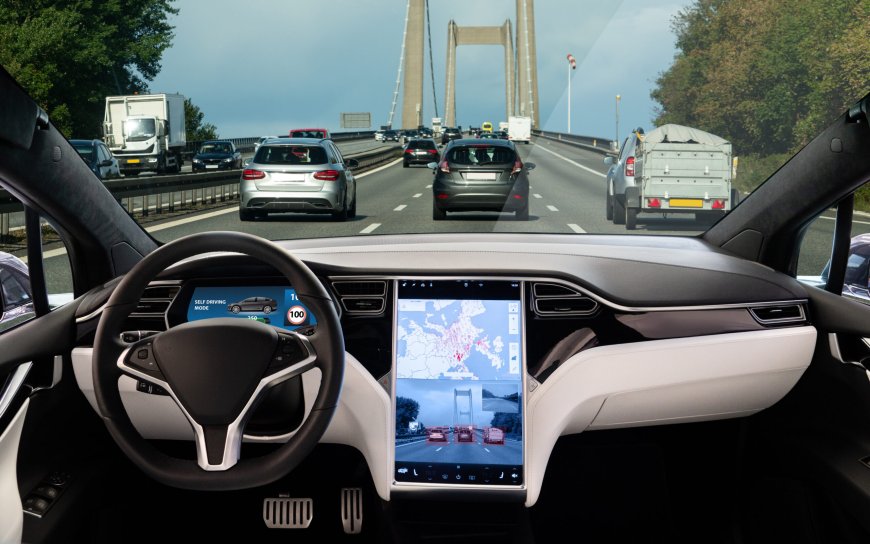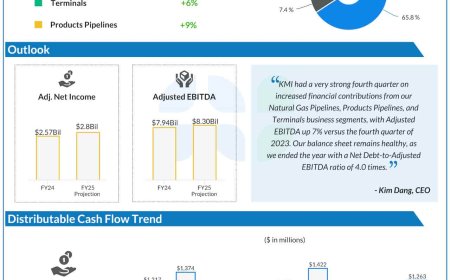Look Ma, No… Driver?
Self-driving taxis are coming your way soon. But if you want to invest in this trend, there’s a more immediate strategy you can take...

You just landed in Miami for a weekend away, and you need to get to your hotel.
You don’t want to rent a car because it’s too expensive.
You could go to the taxi stand or use a rideshare app to get your destination, but you’re not feeling particularly social.
What do you do?
Starting in 2026, you can have a robot pick you up…
Because Waymo is coming to Miami.

If you live in San Francisco, Los Angeles, Phoenix or Austin you might already see these self-driving taxis rolling around your neighborhood.
Maybe you’ve ridden in one.
Waymo reached a huge milestone last August: 100,000 autonomous taxi rides a week.
But for most Americans, the idea of hopping into a self-driving vehicle remains not only far-fetched…
It’s downright scary!
According to a recent AAA survey, 91% of Americans are either afraid or unsure about riding in a self-driving vehicle.
I believe this fear comes from never having ridden in one. It’s not a fear of this technology, it’s a fear of the unknown.
But at the pace self-driving technology is progressing, it might not be out of reach — or scary — for anyone much longer.
Robotaxis Everywhere
That’s because Elon Musk has entered the race.
In October, Musk announced the Tesla Robotaxi — which he also calls the “Cybercab” — an autonomous vehicle that doesn’t have a steering wheel or pedals.
And this thing looks wild!

Image: Tesla
Like Tesla’s Cybertruck, the Robotaxi has a design that can best be described as comically futuristic.
But it very well could be the future. You see, the Robotaxi doesn’t need a plug to charge itself. Instead, it charges wirelessly.
According to The Verge:
“Musk said that autonomous cars are expected to be 10–20 times safer than human-driven vehicles and could cost as little as 20 cents per mile, compared to the $1 per mile for city buses.”
Of course, the Robotaxi needs to get approved by regulators before going into production.
And its small cabin space only has enough room for two passengers. That could hold it back from being a practical solution for larger parties.
But Tesla plans on its Robotaxi entering production as early as 2026. Which means Waymo should start facing stiff competition.
And don’t look past Amazon. Its Zoox robot taxi is already making waves too.
Like Tesla’s Robotaxi, Zoox doesn’t have a steering wheel or pedals. It doesn’t have a driver’s seat either.
Instead, its cabin has four seats that face inward. That’s because it was designed to operate bidirectionally, meaning it can drive both ways.
With three major players racing to the forefront of this technology, Statista sees the global autonomous vehicle market growing over 10-fold, from $205 billion in 2023 to $2.22 trillion in 2030.

But all isn’t perfect in the autonomous vehicle world.
In August, General Motors’ self-driving unit Cruise and Uber signed a “multi-year strategic partnership to bring Cruise autonomous vehicles to the Uber platform.”
But after spending billions of dollars on the initiative, GM pulled the plug on its self-driving taxi last month.
According to a company press release this was due to: “the considerable time and resources that would be needed to scale the business, along with an increasingly competitive robotaxi market.”
But even with GM bowing out of the race, it’s clear that the dawn of autonomous transportation has arrived.
And with the recent leaps forward in artificial intelligence, the technology is only going to get better.
I think Elon will generate enough buzz around Tesla’s Robotaxi launch to send anything related to the self-driving industry higher.
But if you want to invest in the self-driving vehicle trend, there’s a more immediate strategy you can take before robotaxis become a thing.
Autonomous Trucks Are the Future
The trucking industry has all sorts of problems that are begging for technological solutions. The main one being the shortage of truck drivers in America.
The American Trucking Association (ATA) estimated a shortage of roughly 82,000 drivers by the end of 2024.
According to the ATA, this shortage could potentially grow to 160,000 by 2030.
And this is turning into a full-blown emergency when you consider that about 57% of drivers are over 45. Nearly a quarter of them are over 55.
Which means a wave of retirements could result in at least a quarter of truckers bowing out within the next decade.
And if you plan on somehow finding replacements for the retirees and recruiting drivers to fill the shortage, you still have to deal with the cost of human labor.

The biggest portion of expenses that trucking companies face — 44% — comes from the wages and benefits for truck drivers.
To be clear: I am empathetic toward truckers. They’re an integral part of the U.S. economy. Many of you might know some of the 3.55 million truckers in the U.S. Maybe you’re currently driving or have driven in the past.
But the creative destruction of capitalism is a powerful force, and the trucking industry is no exception.
The fact that trucking companies are facing a labor shortage at a time when labor costs are 44% of the cost has caused freight and transportation companies to embrace self-driving trucks.
And since highway driving is far less complex than city driving, lawmakers are more receptive to the idea of self-driving trucks.
That’s why I believe driverless trucks will be zooming past you on the highway sooner than you think…
And why the Strategic Fortunes model portfolio contains multiple stocks that reflect this optimism.
Regards,

Ian King
Chief Strategist, Banyan Hill Publishing











































